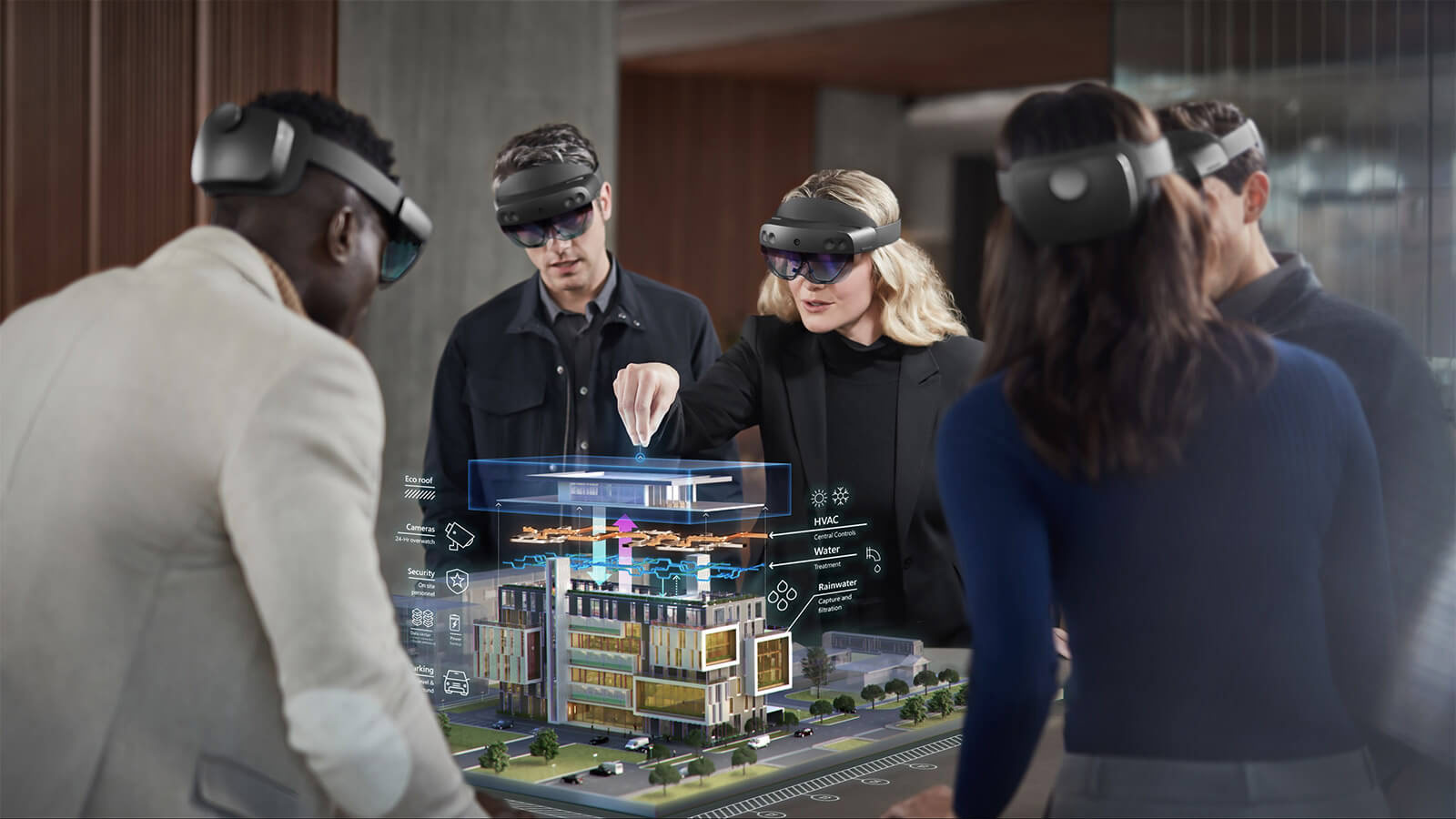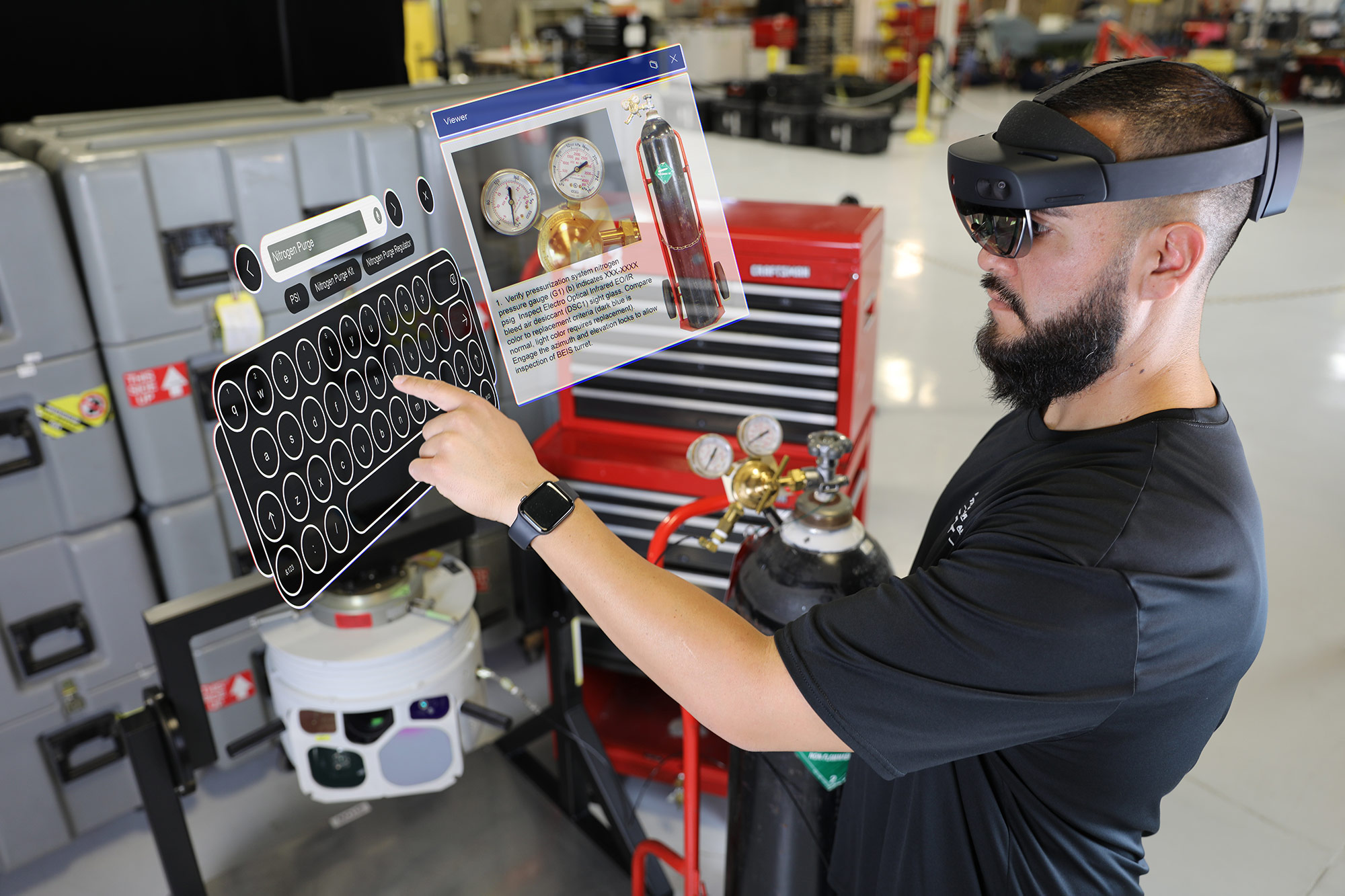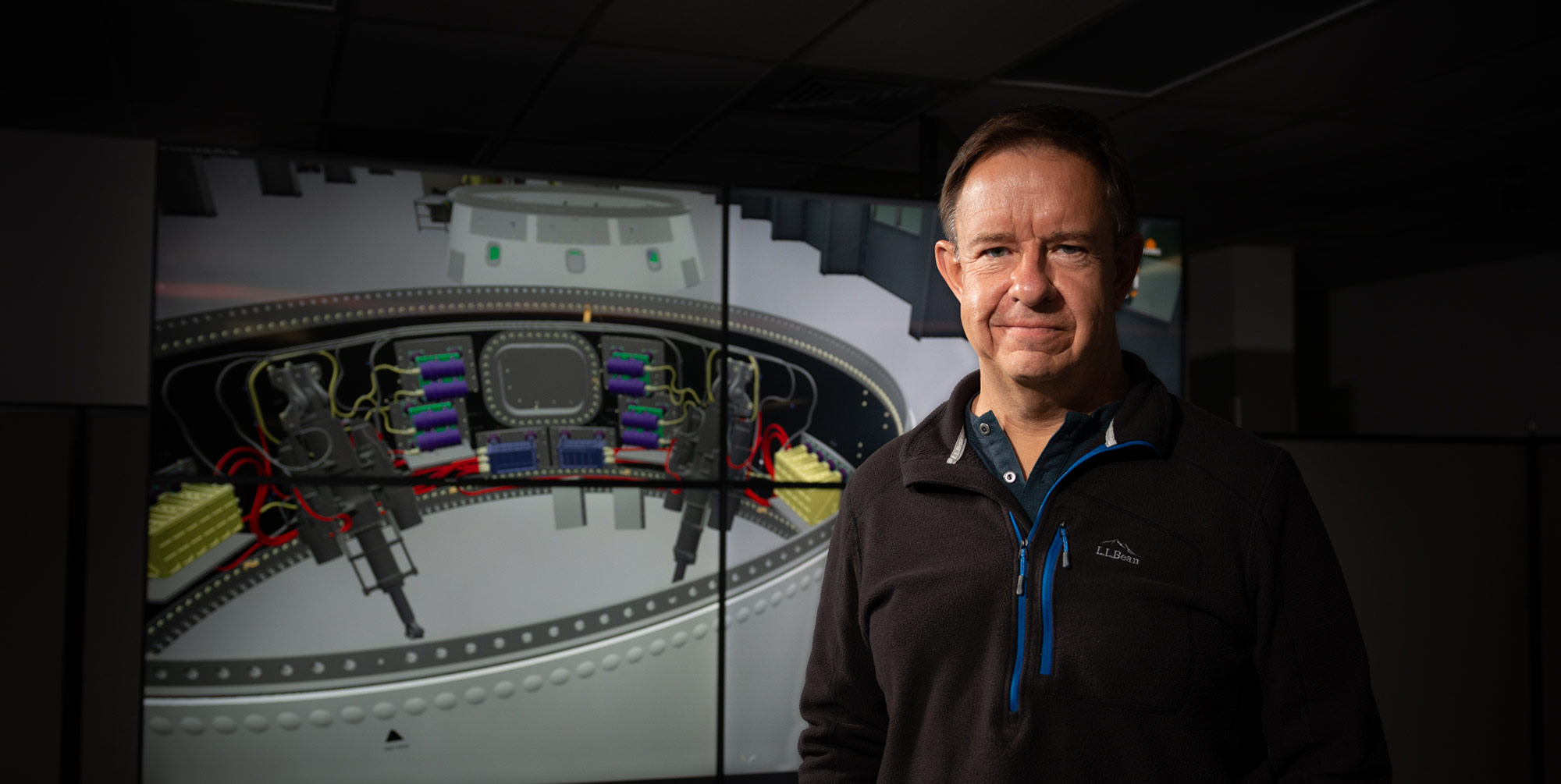Beyond the Mind’s Eye
Virtual Reality and Augmented Reality Help Engineers Visualize What’s Possible
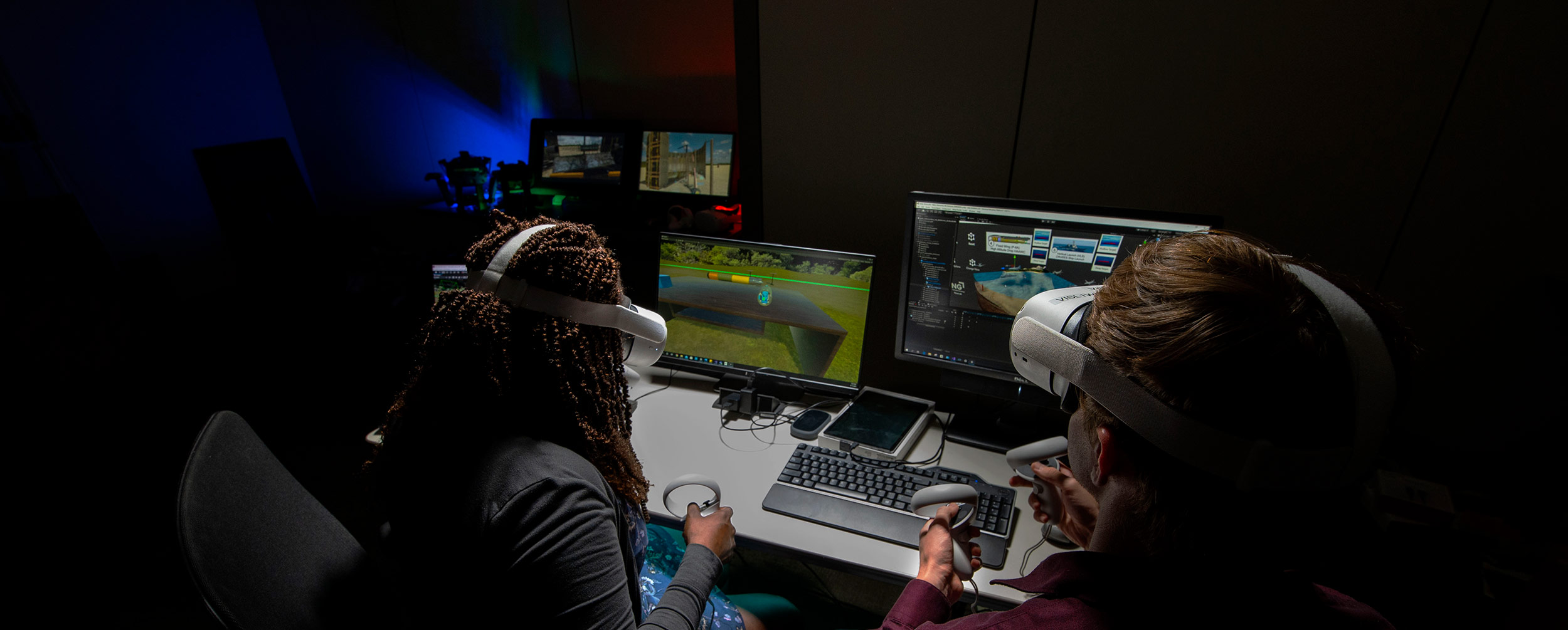
By Scott Gourley
As weapons systems become increasingly complex, the engineers who develop them need to pay close attention to the full lifecycle design, from the schematics on a page to the long-term sustainment out in the field. Two tools that are central to digital engineering, and can help engineers visualize this entire process, are augmented reality (AR) and virtual reality (VR).
AR and VR are two technology mediums that allow engineers to visually conceptualize systems in their actual environment. Northrop Grumman's Virtualization Immersive Systems Lab (VISL) in Plymouth, Minnesota is doing just that.
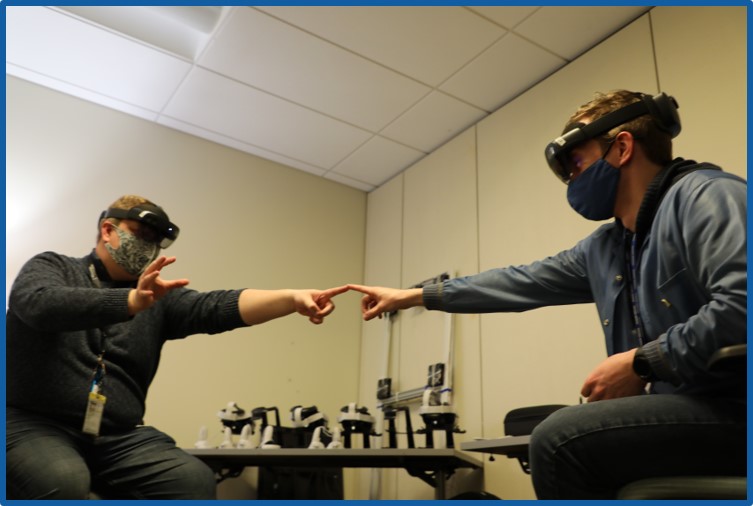
Immersive Technology
AR superimposes computer-generated images over the real world. For example, a video game that uses a device’s camera and displays a mythical creature on the sidewalk in front of you is AR. VR fully immerses individuals in a computer-generated environment that creates three-dimensional images and simulations for system or component evaluations and interactions. An engineer can literally see a product’s concept of operation as if they are inside it.
Both of these immersive technologies can support lifecycle design and development efforts. The Northrop Grumman Visualization team in Plymouth sees opportunity in using both AR and VR and applying them through a program’s life cycle, as it has been proven to be critical prior to test or final use in real-world scenarios.
Enanga Daisy Fale, Northrop Grumman’s senior systems engineering manager of VISL, explains how utilizing virtual technology is changing the way weapon system development comes together.
“There are several different components critical to building out these weapon systems. And if engineers or even our customer wants to observe how different components come together, or see how they will ultimately be used operationally, we can do that early and often with virtual and augmented reality,” said Fale.
Josiah Dewhirst, a systems modeling simulation engineer at Northrop Grumman adds, “We can visualize the initial concept into product demonstration, and then all the way to the end product, using data we’ve collected along the way to improve training and maintenance of the final product."
Furthermore, Dewhirst stresses that these technologies empower engineers to more easily investigate possible design changes without having to go back to square one
Fale added the ability to characterize the form, fit, and function of weapon systems prior to design or a physical test allows engineers to more effectively take the system’s full life cycle into consideration during the design process.
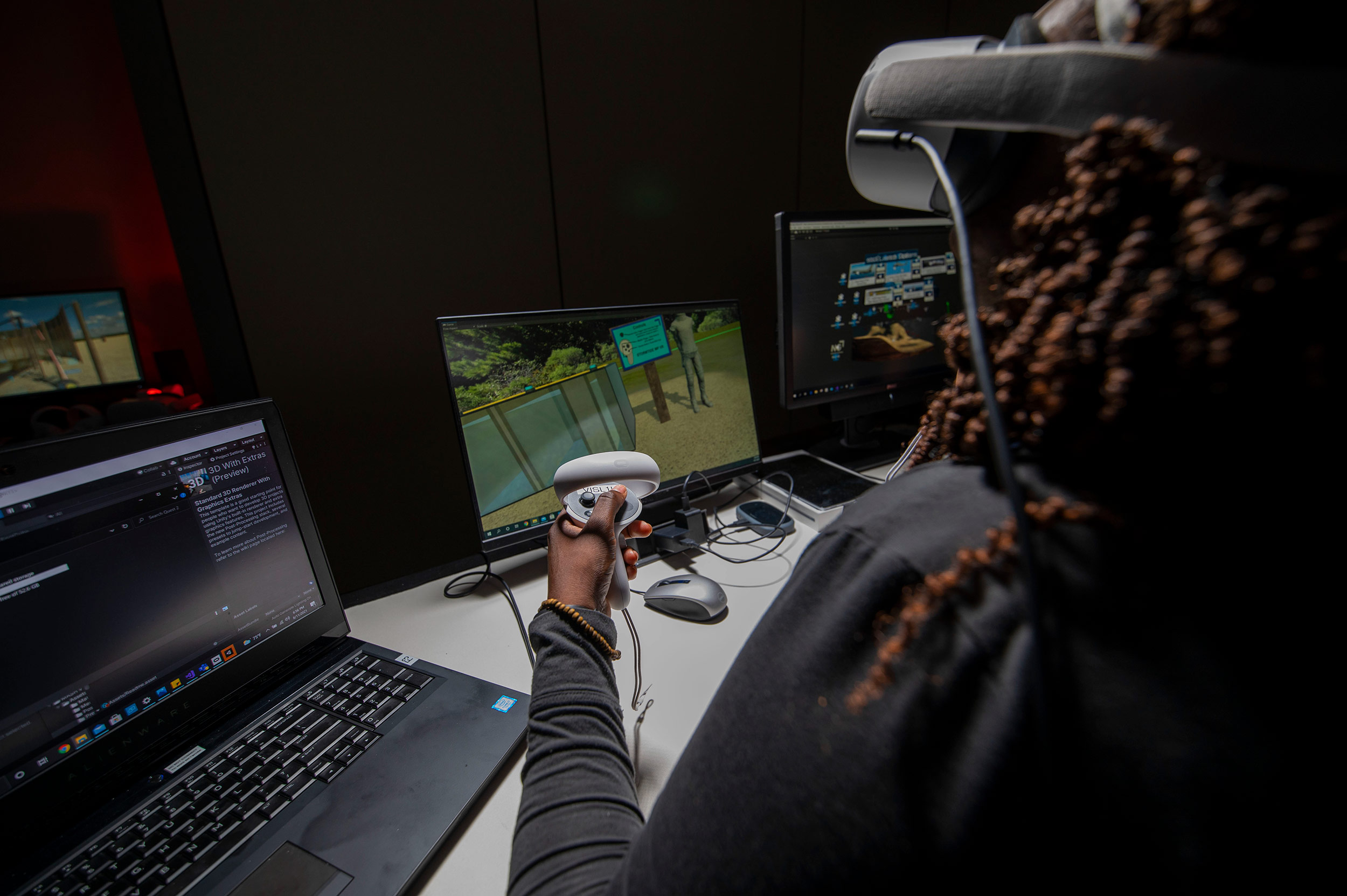
AR/VR Visualization Technology in the Future
Looking toward future applications of VISL and its immersive technology, Fale and Dewhirst both identify new capabilities, ranging from the expanded use of head-mounted displays to connecting elements to machine learning and engaging in the metaverse.
Dewhirst notes, "There is dramatic growth in the communication of ideas and thoughts in this space."
When asked about utilizing AR/VR into future weapon systems, Fale reflects, "Sometimes, when people think about visualization, they don't view it as a capability that can be integrated across the entire life cycle of a program. These technologies can support applied system effectiveness assessments, and the data generated is a catalyst for early risk mitigation. The ability to verify and validate a system's environmental behaviors helps anticipate emerging patterns and barriers to the system's use is so critical.”
She continues, “Future assessments can not only benefit from visualization technology assessment but require it as weapon system complexity grows.”
"There are so many uses for this," Fale concludes. "In fact, I think that the least understood aspect of AR/VR might be the amazing possibilities and integration with other engineering processes or tools. Our technology generates worlds and systems that push beyond the mind’s eye, and we must provide early access to mitigate risk, maintain systems, and train.”
More innovation stories
Read all stories about advanced technology and innovation >>
